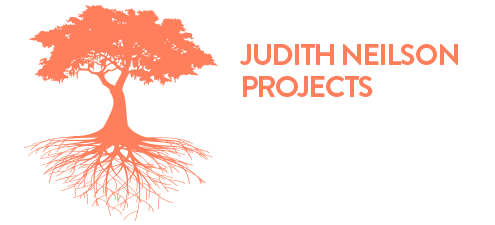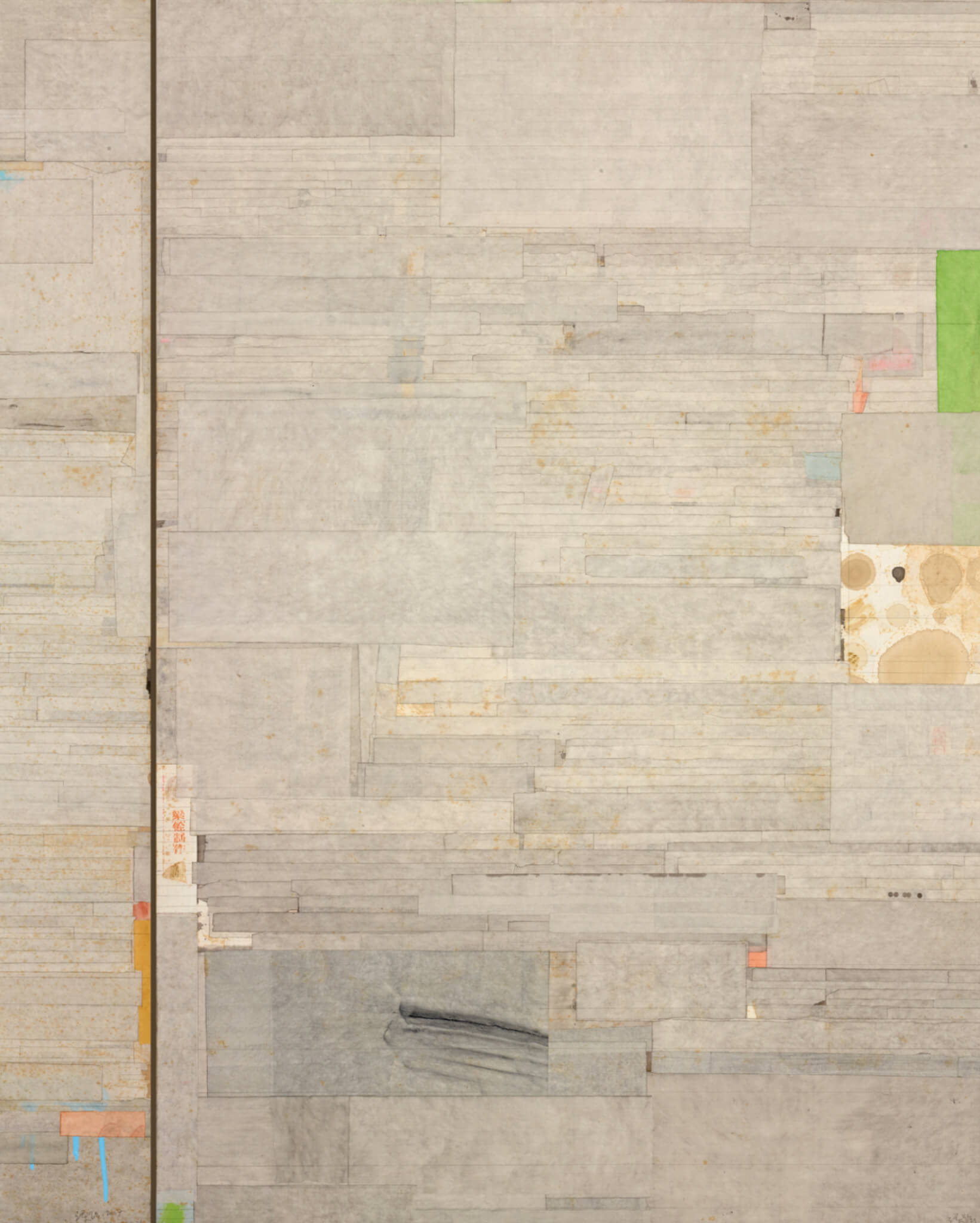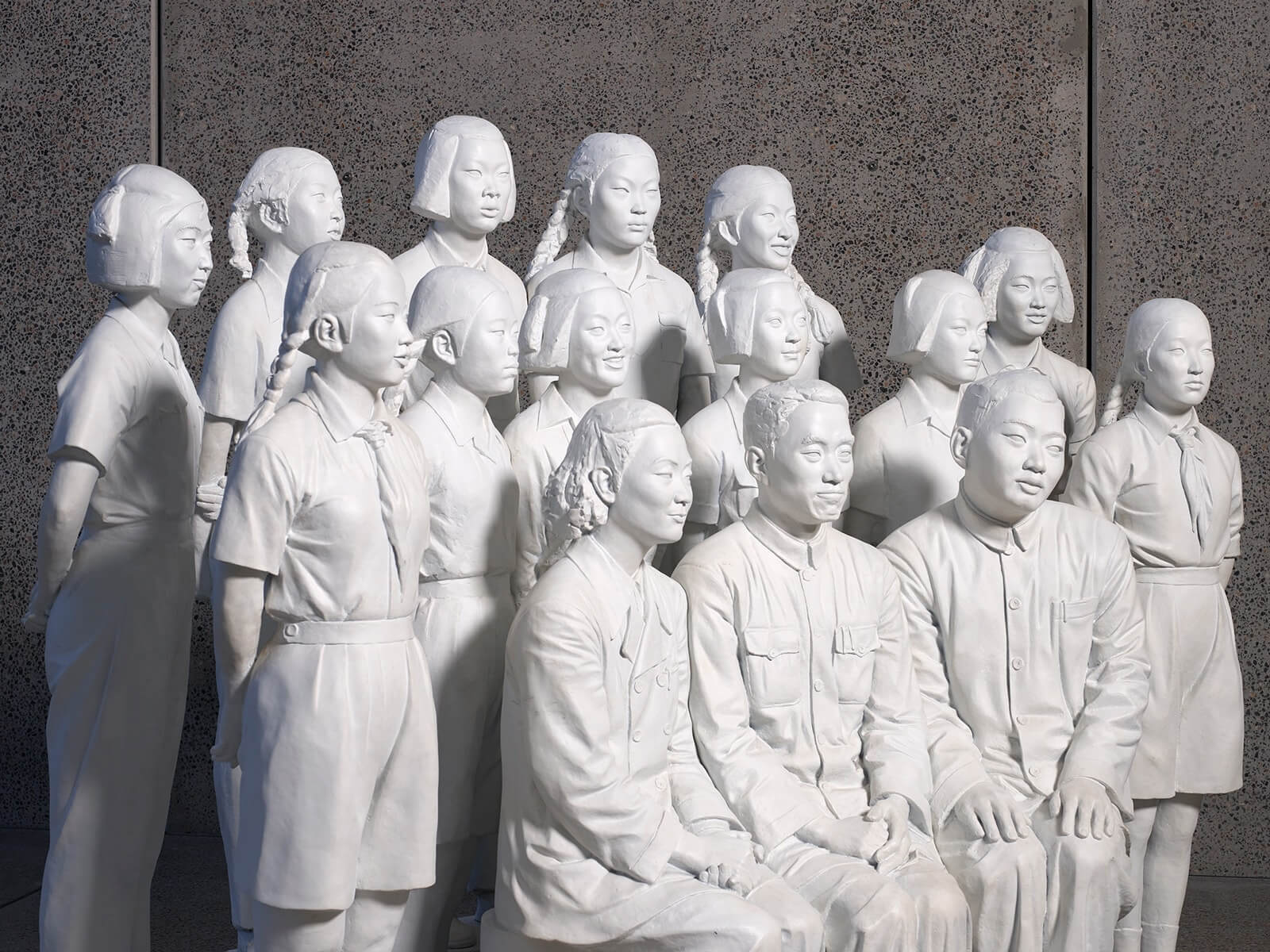Explore highlights and new acquisitions of the Chinese Contemporary Artisits of the White Rabbit Collection
Watch videos from the White Rabbit Collection Artist Interview Series. White Rabbit Collection artists reveal their life stories, their professional practice, and what drives them to make contemporary art.
With a focus on works created since the year 2000, the White Rabbit Collection is a document of social and artistic change in twenty-first century China.
White Rabbit Collection is housed at Dangrove, a purpose-built and state-of-the-art storage facility and research centre in Sydney, Australia designed by celebrated architect, Alec Tzannes. Maintained with the collection is the Judith Neilson/White Rabbit Collection archive, an extensive and growing collection of artists’ own archival materials and artefacts, exhibition catalogues, documentation of studio visits and artist interviews. The White Rabbit Collection Research Library contains both scholarly and generalist books, journals, catalogues and monographs. These examine Chinese artists and art history within the contexts of Chinese history, culture, sociology, politics and philosophy. Curated exhibitions from the White Rabbit Collection can be seen bi-annually at the White Rabbit Gallery.
ABOUT CHINESE
CONTEMPORARY ART
What is so distinctive about contemporary art from China, and how did it emerge in the post-Cultural Revolution, post-Mao opening-up period of the 1980s? A highly academic, extremely competitive system of art training in both western and eastern techniques produces graduates possessed of extraordinary technical accomplishment. They often emerge from this rigorous education, however, eager to challenge conventions, to innovate, experiment, work across genres, and break down boundaries between disciplines. Labour costs and materials are still more affordable than in many other countries, allowing artists to work on an ambitious scale. The art districts and studio complexes in cities such as Beijing, Shanghai and Hangzhou are crucibles of creativity and entrepreneurial risk-taking. This, in combination with impeccable levels of craftsmanship and technical virtuosity, is what distinguishes Chinese contemporary art in the global field. The unique history of the development of contemporary art in China is also a mark of its difference. From 1949 until the death of Mao Zedong in 1976, all art was at the service of the revolution. The great Chinese traditions of ink painting and calligraphy had become suspect, viewed as ‘feudal’. Artists were trained in Soviet-style Socialist Realism, painting heroic soldiers, farmers and factory workers, bumper harvests and belching power stations.
When China began its period of reform and opening after 1978, ideas and artistic influences from the west flooded in at the same time as foreign investment: artists discovered postmodernism, and simultaneously rediscovered modernism. After a period of joyful eclecticism, they began to explore how revived national art traditions and folk-art forms could become part of a contemporary visual vocabulary. Today, artists are marrying ink painting and porcelain with stop-motion animation, calligraphy with computer gaming, and using paper-cutting to comment on issues of consumerism and social control, to name only a few examples of this confident hybridity. Chinese artists weld cutting-edge technologies to their deep knowledge of some of the oldest artforms in the world. They reflect on ancient and modern Chinese history yet position themselves as savvy practitioners in a global artworld. Many navigate the political landscape carefully and tactically; at times the necessity for double-coding and allegory makes their work even more intriguing. These artists deal with subjects ranging from Chinese history to urbanisation, from pollution to gender roles, from the spiritual to the defiantly secular. They tell a story of today’s China.
Explore highlights and new acquisitions
SUBSCRIBE
Get access to all our latest news by subscribe here.














